
Processing Your Payment
Please do not leave this page until complete. This can take a few moments.
- News
-
Editions
View Digital Editions
Biweekly Issues
- December 1, 2025
- Nov. 17, 2025
- November 03, 2025
- October 20, 2025
- October 6, 2025
- September 22, 2025
- + More
Special Editions
- Lists
- Viewpoints
-
Our Events
Event Info
Award Honorees
- Calendar
- Biz Marketplace
Lewiston-Auburn punches above its weight to tackle housing shortages
 Photo / Jim Neuger
A 10-foot high bronze statue of Muhammad Ali outside Bates Mill No. 5. in Lewiston. The statue, by Philadelphia-based artist Zenos Frudakis, commemorates Ali’s first-round knockout of Sonny Liston at what was then the Central Maine Youth Center in Lewiston on May 25, 1965. It was unveiled on May 31, 2025.
Photo / Jim Neuger
A 10-foot high bronze statue of Muhammad Ali outside Bates Mill No. 5. in Lewiston. The statue, by Philadelphia-based artist Zenos Frudakis, commemorates Ali’s first-round knockout of Sonny Liston at what was then the Central Maine Youth Center in Lewiston on May 25, 1965. It was unveiled on May 31, 2025.
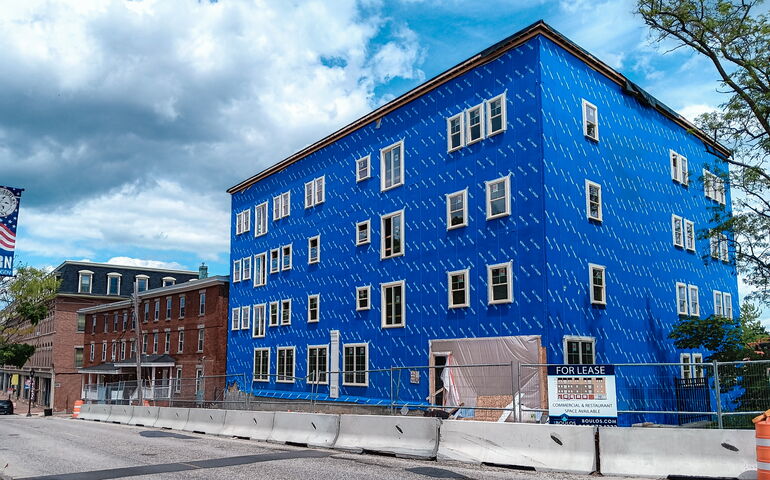 Photo / Tina Fischer
Great Falls Construction is building 18 market-rate apartments at 186 Main St. in Auburn. The building will also have two ground-floor commercial spots, one of which is being marketed as potential restaurant space.
Photo / Tina Fischer
Great Falls Construction is building 18 market-rate apartments at 186 Main St. in Auburn. The building will also have two ground-floor commercial spots, one of which is being marketed as potential restaurant space.
Androscoggin County’s two largest cities are experiencing a housing shortage similar to every other major employment center in the state, due to escalating construction costs and erratic economic policy coming out of Washington.
We recently talked with city planners, housing advocates and developers in both cities to learn how they’re managing the challenge.
Glen Holmes, Auburn’s director of business and community development, says that the shortage is not related to city policies, zoning or land availability.
“Auburn has plenty of land and it is affordable, so that is not an issue. It’s the economy and the uncertainty in the world. We’ve seen a slow down in new projects even in the last five months,” he says.

David Hediger, Auburn’s director of planning and permitting, says that “developers want certainty.” And while some municipalities in the state have constricted development with cumbersome approvals processes, Hediger says that’s not the case in Auburn.
“Zoning isn’t the main barrier,” he says. “Construction costs and taxes are also a concern. We’re open for development. We’ve already made changes to zoning to allow for more units, and eased requirements for setbacks and parking.
“It only takes 30 to 90 days for approvals in Auburn, so that process is not a big deterrent to development. Auburn is very easy to work with.”
Holmes adds: “Two years ago, in the month of May, we issued more building permits than Portland had in an entire year.”
In Lewiston, Nate Libby, director of economic and community development, says Auburn’s sister city is equally pro-development.
”We are hungry for investment and very motivated to get to yes,” he says.
Libby represented Lewiston for 10 years in the state Legislature and was instrumental in shaping historic tax credit policy. Having also grown up in Skowhegan and graduated from Bates College in Lewiston, he understands some of Maine’s challenges.
“The housing market is tight,” he says. “We see 20 to 40 applications for every apartment listing.”

Long commutes
The squeeze has resulted in roughly half of workers in both cities commuting close to two hours daily from their homes in more rural areas where the market can be slightly less restricted and housing is more affordable.
Libby says the primary business sectors in the region — manufacturing, health care, government, education, retail and restaurant — are fueled by commuters from Gray, New Gloucester, Raymond, Cumberland, Falmouth, Turner and even Augusta and Portland.
Being centrally located is an advantage. “Half of the state’s population is within a 45-minute drive of our city,” Libby notes.
Jay Brenchick, who directs the department of economic development for Auburn, meets monthly with leaders in the manufacturing sector.
“On any given day, the city’s daytime population nearly doubles, underscoring Auburn’s role as a critical economic driver,” Brenchick says.
“And it’s an issue across multiple business sectors,” he adds. “Closing the gap between workforce demand and housing supply is a key priority for business growth, employee retention, and long-term economic sustainability.”
Public transportation is available via Maine Department of Transportation’s LAP bus service, which serves Lewiston, Auburn and Portland. It’s a two-year pilot program that started in July 2024.
Highlighting both the housing and workforce shortages in Maine, Bath Iron Works and Sunday River ski resort also run shuttles to the L/A market.
More housing on the way
Both Auburn and Lewiston have been actively pursuing more development, and there are multiple housing projects currently under construction with more in the pipeline.
Auburn has had development of nearly 600 housing units since 2020.
Another 102 market-rate apartments are expected to be completed this summer at 138 and 142 Mt. Auburn Avenue. The developer is A.R. Building Co. which is headquartered in Seven Fields, Pa., and is also building housing in Scarborough and Brunswick.
Developers in Auburn have focused primarily on market-rate units in the past few years, rather than income-restricted. Holmes speculates competition from the city’s neighbor is likely a factor.
“The significant amount of subsidized housing being constructed in Lewiston, in collaboration with the Choice Neighborhood Grant, may have impacted developers’ desire to build in the area,” Holmes says.
“We have not turned down any developers seeking to build subsidized units; instead, we have encouraged development and are prepared to commit HOME funds to the subsidy package,” he adds, referring to the federal HOME grants distributed to municipalities.
One subsidized build gearing up in Auburn is a Housing First project, which is a federal initiative administered here by MaineHousing under its Home for Good program. It’s designed to serve the chronically homeless and provides round-the-clock support services. Portland-based Developers Collaborative will manage the build for Auburn Housing Authority. It’s expected to have 30 apartments.
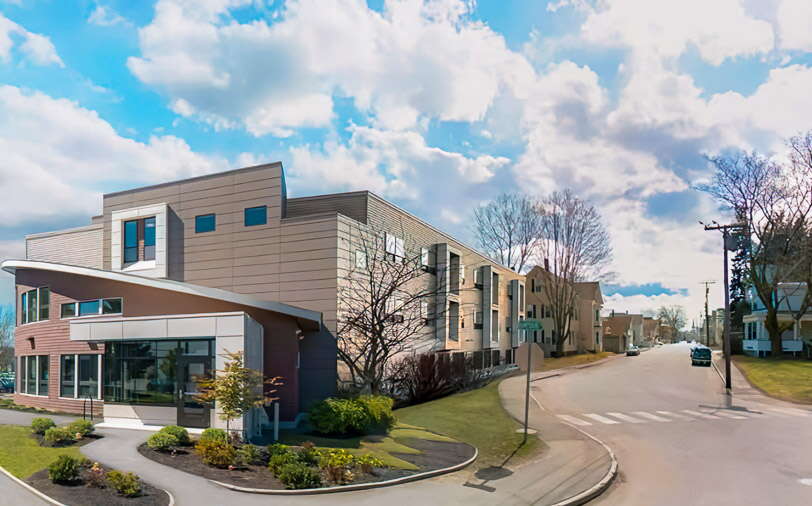
Auburn was one of five municipalities in the state selected to participate.
Amanda Bartlett, chief operating officer at Developers Collaborative, is leading the Auburn project for the firm.
“[It’s] a great example of the power of municipal leadership as a catalyst for change in solving homelessness,” Bartlett says. “The city in this case was the initiator in finding a city-owned site, researching similar models in other areas and pulling together a qualified team to proactively position the city for success ahead of the competitive process.”
“The timeline is still a work in progress,” Holmes says. “I would hope to have shovels in the ground next year.”
Lewiston housing
Since 2020 through spring of this year, Lewiston has seen 324 units built, a mix of market-rate and affordable. Libby expects to see another 94 homes completed by the end of the year.
Affordable housing units have been steadily increasing in Lewiston, up from 1,694 in 2021 to an estimated 1,950 by the end of this year.
One of the most recently completed projects is the Szanton Co’s. repurposing of 65,000 square feet in the vast Continental Mill. The project is called Picker House Lofts, and is a mix of 72 affordable and market-rate apartments. It leased quickly earlier this year.
Two additional housing builds in the Continental mill are already permitted — 125 market-rate units anticipated to be constructed by the end of 2027, with another 255 expected to be completed over the next four years.
L/A housing authorities are active
The largest project currently under construction in Lewiston is the Wedgewood, which covers an entire block on Pine, Bartlett, Walnut and Pierce streets. The Lewiston Housing Authority is developing 82 energy-efficient apartments in eight new buildings and one rehab of an historic mansion.
Of the total units, 60 will be income-restricted and 22 will be offered at market rates. Lewiston-based Hebert Construction, which has built several housing and commercial projects in the region, expects to complete the final three buildings by the end of October.
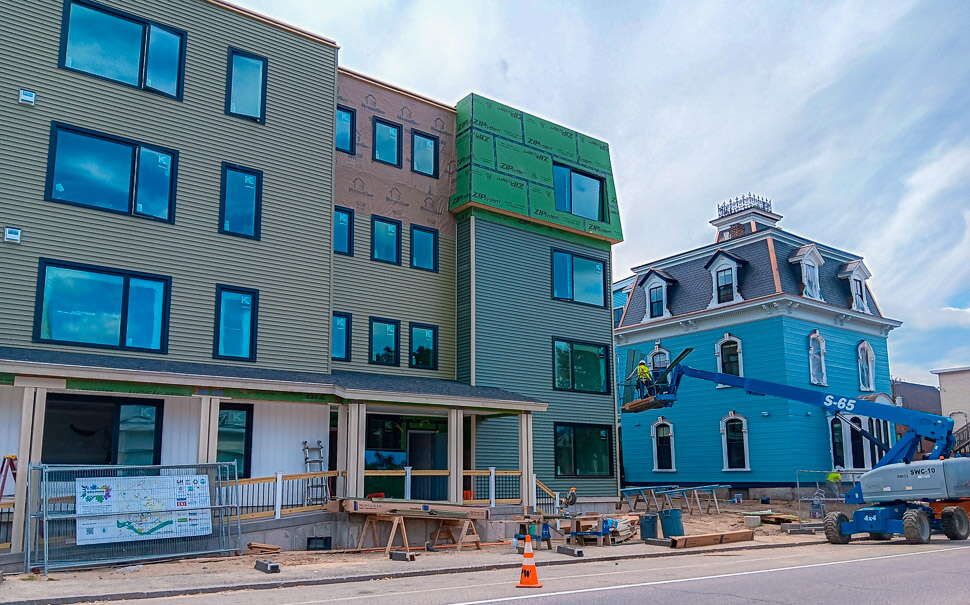
Around the corner, at 84 Walnut St. and 198 Blake St., Hebert wrapped up two public housing complexes in 2023; a total of 18 apartments. The buildings received Passive House certification, and solar roof panels generate 50% of each building’s energy needs.
Next up for the housing authority is the Dewitt development on Pine Street, across from Kennedy Park and Lewiston City Hall. This summer, Falmouth-based Penobscot General Contractors will demolish the former Lewiston Sun Journal building to create two buildings totaling more than 96,000 square feet. The buildings will have 104 apartments, 83 of which will be affordable. The first floor of each build will have commercial space. Expected completion date is December 2027.
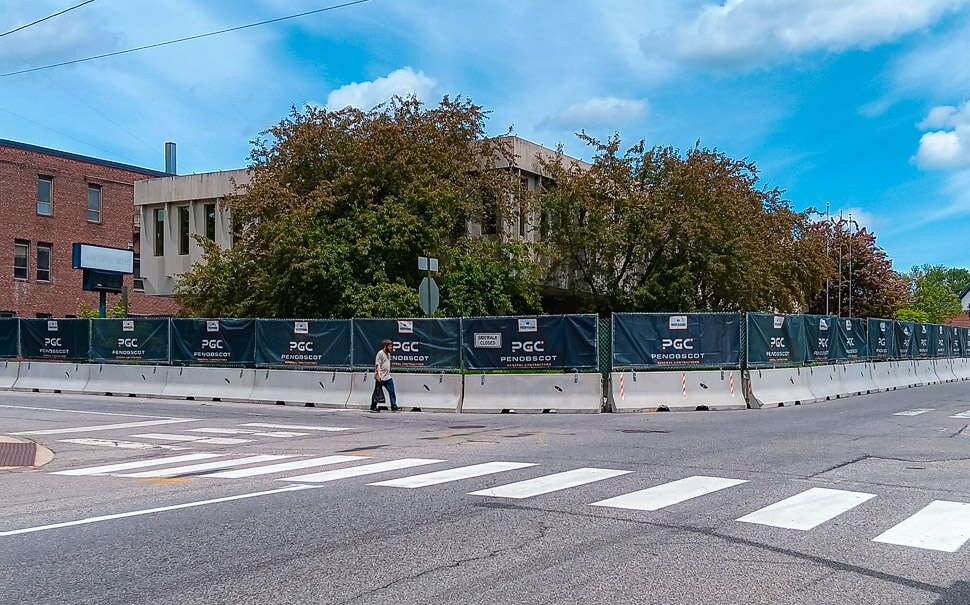
Lewiston Housing Authority is awaiting funding for another 200 affordable and senior apartments to be located at 860 Lisbon St. and 61 Ash St.
A range of developers
Former Auburn mayor Jason Levesque is planning to build 304 studio and one- and two-bedroom apartments in two six-story buildings, totaling 217,000 square feet on Lowell Street in Lewiston. Levesque says that while Lowell Street Lofts will be aimed at those making 120% or more of the area median income, “All are welcome, there will be no income restrictions or caps. This is ‘attainable luxury’ housing.”
He plans to include a fitness space and a clubhouse with two independent restaurants. Scarborough-based Landry/French Construction has signed on and the targeted finish date is June 2027.
Smaller projects are being undertaken too, which promote innovative paths to affordable home ownership.
Amy Smith with Healthy Homeworks educates and mentors aspiring homeowners and is working to create condos attainable to households earning $50,000 to $80,000, or 80% to 120% of the area median income.
“We completed our pilot property, fully converting a triple-decker and a single-family house into four attainable condominium units. The three triple-decker units sold for $149,000 each, and all buyers were able to secure conventional financing and insurance,” Smith says.
Smith notes that retrofitting aging housing stock is expensive. The average cost to acquire and renovate one unit in a triple-decker is $200,000, and the resulting market value is $150,000.
Donors have helped cover the shortfall, but Smith says, “Our long-term solution is to work with the state to create grant programs that will cover the gap. LD 1167, which proposes a 15-home pilot with an $80,000 per unit grant, was introduced this session and received unanimous bipartisan support to advance to appropriations.”
Raise-Op
Another housing advocate in the region is Craig Saddlemire. His Raise-Op program creates cooperatively-owned affordable housing and his latest projects are the Passive House complexes at 198 Blake and 84 Walnut streets in Lewiston.
Raise-Op owns and manages the 15-unit building where residents are the decision makers and own shares in the corporation. In the 18-unit building, residents are invited to serve on the board and the complex is managed by the Lewiston Housing Authority.
Saddlemire serves on the city’s housing committee, which he says is focusing on stimulating the development of starter homes.
“The development of new rental housing, both market-rate and affordable, is finally gaining traction, but the creation of more starter homes is moving more slowly,” Saddlemire says. “We need both housing types. When people talk about economic mobility, housing is a big part of that.”
Mainebiz web partners
Related Content

The Giving Guide
The Giving Guide helps nonprofits have the opportunity to showcase and differentiate their organizations so that businesses better understand how they can contribute to a nonprofit’s mission and work.
Learn More
Work for ME
Work for ME is a workforce development tool to help Maine’s employers target Maine’s emerging workforce. Work for ME highlights each industry, its impact on Maine’s economy, the jobs available to entry-level workers, the training and education needed to get a career started.
Learn More
Groundbreaking Maine
Whether you’re a developer, financer, architect, or industry enthusiast, Groundbreaking Maine is crafted to be your go-to source for valuable insights in Maine’s real estate and construction community.
Learn more-
The Giving Guide
The Giving Guide helps nonprofits have the opportunity to showcase and differentiate their organizations so that businesses better understand how they can contribute to a nonprofit’s mission and work.
-
Work for ME
Work for ME is a workforce development tool to help Maine’s employers target Maine’s emerging workforce. Work for ME highlights each industry, its impact on Maine’s economy, the jobs available to entry-level workers, the training and education needed to get a career started.
-
Groundbreaking Maine
Whether you’re a developer, financer, architect, or industry enthusiast, Groundbreaking Maine is crafted to be your go-to source for valuable insights in Maine’s real estate and construction community.
ABOUT
NEW ENGLAND BUSINESS MEDIA SITES
No articles left
Get access now
In order to use this feature, we need some information from you. You can also login or register for a free account.
By clicking submit you are agreeing to our cookie usage and Privacy Policy
Already have an account? Login
Already have an account? Login
Want to create an account? Register
Get access now
In order to use this feature, we need some information from you. You can also login or register for a free account.
By clicking submit you are agreeing to our cookie usage and Privacy Policy
Already have an account? Login
Already have an account? Login
Want to create an account? Register







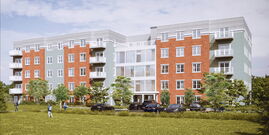
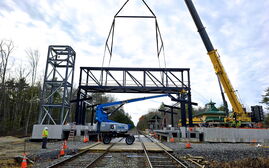

0 Comments